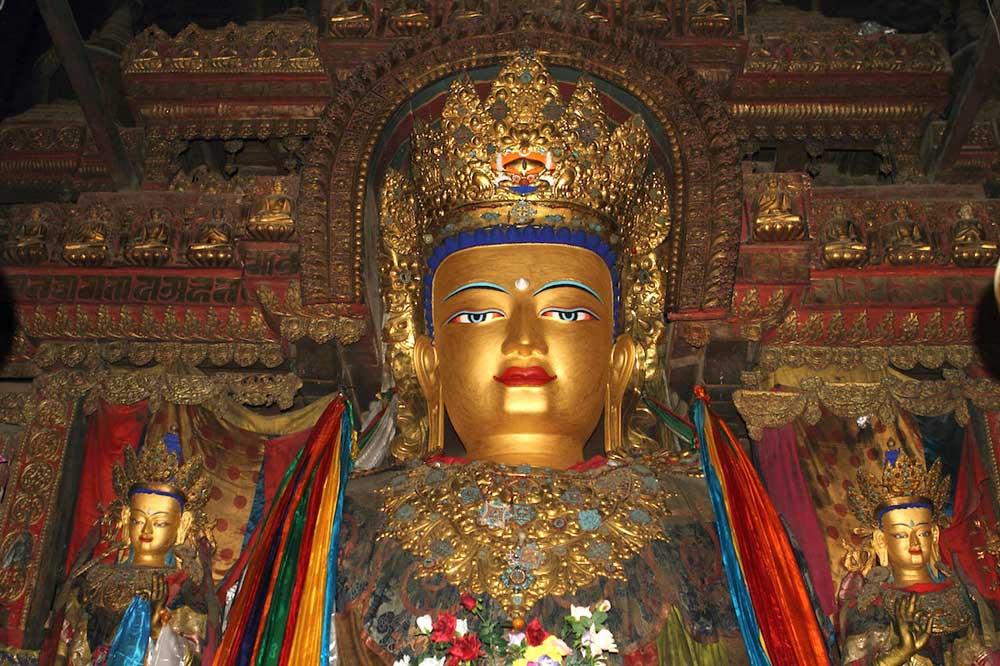
Adventures In Tibet is a highly trusted and reliable travel agency, renowned for offering the best-organized tours across the Tibetan plateau. With expert planning, personalized services, and a commitment to exceptional experiences, we ensure every traveler enjoys a seamless and unforgettable journey to the Roof of the World.
Tour Types
Follow Us
Payment channels
